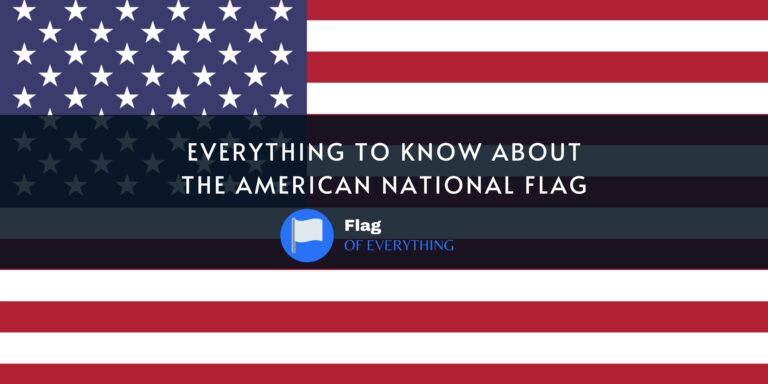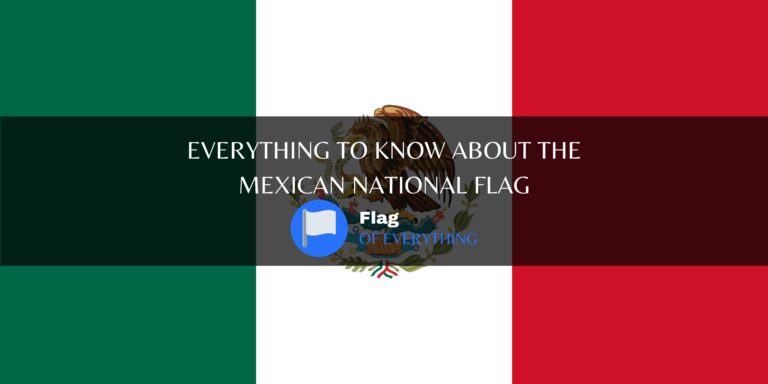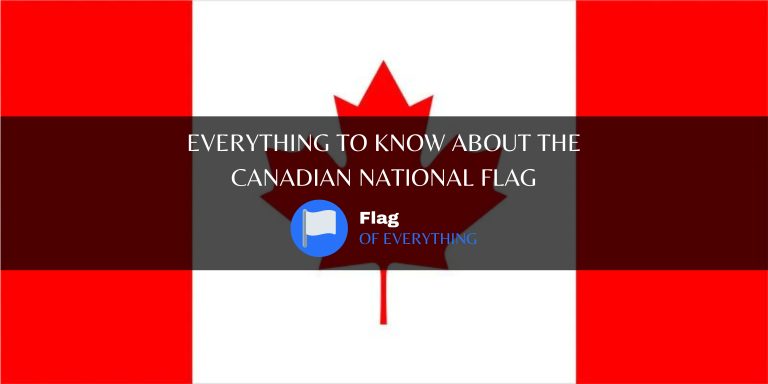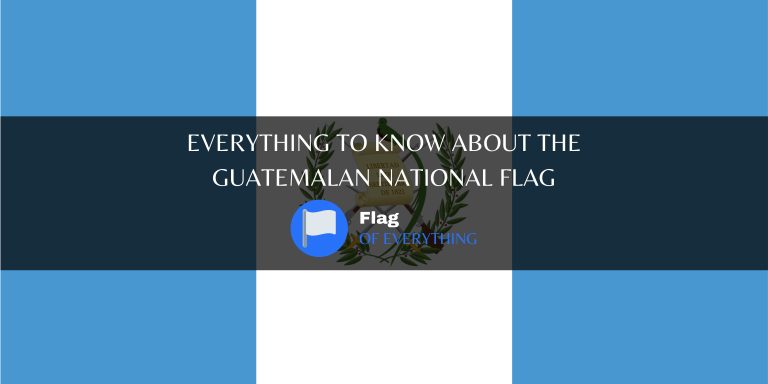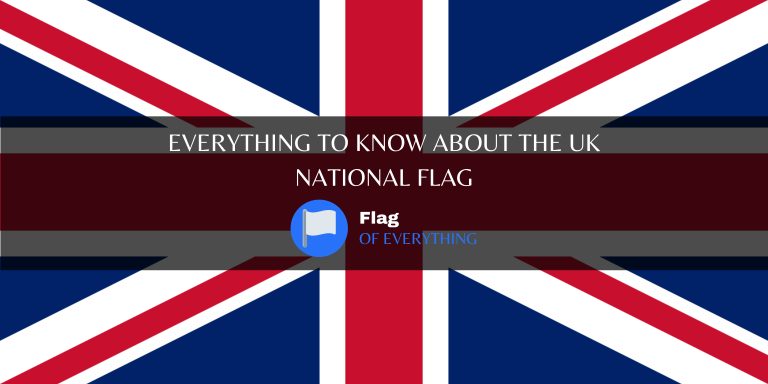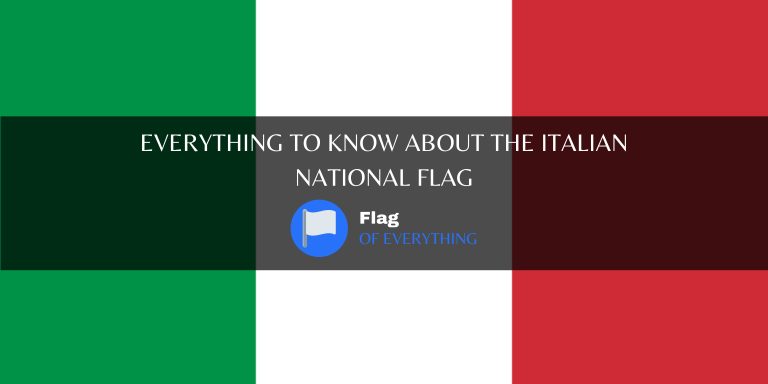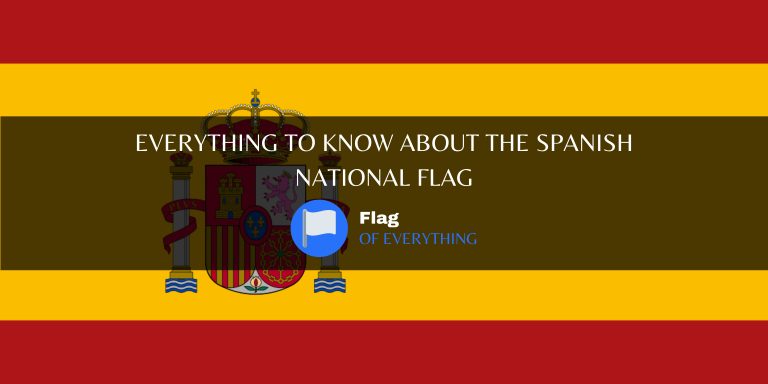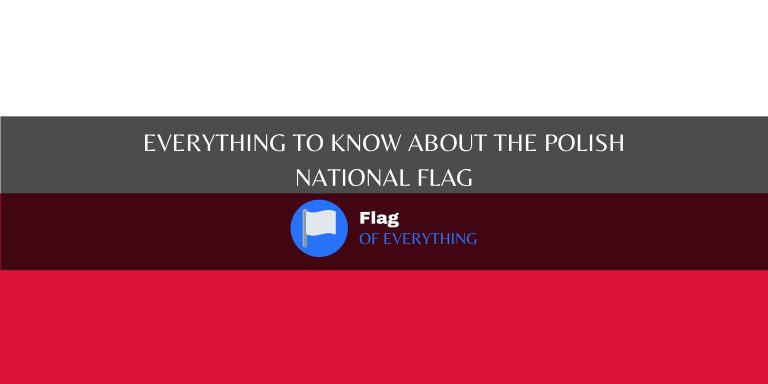Welcome to FlagOfEverything.com: Your Global Flag Hub! Dive into a world of diverse flags, from national emblems to cultural symbols. Explore the stories behind these vibrant banners, spanning nations, sports, and more. Uncover the art and history of flags on our site today!
What is a flag?
A flag is a piece of cloth or similar material with distinctive colors, patterns, symbols, or emblems, often arranged in a specific design, that serves as a symbol or representation of a country, state, organization, institution, or other entity. Flags are used for various purposes, including:
- National Identity: National flags represent countries and are used to symbolize a nation’s sovereignty, history, and culture. They are often displayed on government buildings, during national holidays, and at international events.
- Communication: Flags can convey messages, signal intentions, or mark locations. For example, maritime flags are used for communication between ships, while signal flags are employed in various fields to convey specific messages.
- Decoration and Symbolism: Flags are used for decorative purposes, such as during parades, festivals, and ceremonies. They can also carry symbolic meanings related to religion, heritage, or social movements.
- Identification: Flags help identify nations, regions, organizations, and institutions. They are used in branding, on uniforms, and in official documents.
- Patriotism and Pride: People often feel a strong sense of patriotism and pride when they see their national flag. Flags are a source of unity and symbolize the shared identity of a group or nation.
What is the purpose of a flag?
The purpose of a flag is to represent and promote the unique identity, history, and values of the entity it symbolizes, fostering a sense of pride, unity, and recognition both domestically and internationally. Flags play a significant role in the cultural, political, and social fabric of societies around the world.. Here are some of the primary purposes of a flag:
- Symbol of Identity: Flags serve as powerful symbols representing a country, state, organization, institution, or group. They visually convey the identity and sovereignty of the entity they represent.
- Patriotic and Civic Pride: Flags evoke a sense of patriotism and civic pride among the citizens of a nation or members of an organization. They symbolize unity, shared values, and a sense of belonging.
- Recognition: Flags are essential for distinguishing one entity from another, especially in international settings. They aid in diplomacy, international relations, and the identification of nations or groups.
- Historical Significance: Many flags have historical significance, often linked to key events in a nation’s history, such as declarations of independence or revolutions. They serve as reminders of a country’s heritage.
- Military and State Use: Flags are used by the military for identification, marking rank and command, and as symbols of allegiance. They are also flown at government buildings and official ceremonies.
- Sporting Events: Flags are prominently displayed at international sporting events to represent and support a country’s athletes and teams.
- Cultural and Social Events: Flags are used in cultural celebrations, parades, and social gatherings to celebrate a nation’s heritage and values.
- Education: Flags are included in educational curricula to teach students about their country’s history, geography, and symbolism.
- Mourning and Tribute: Flags can be flown at half-mast or used in memorial services to honor the passing of important figures or to show solidarity during times of tragedy.
- Unity and Solidarity: During times of crisis or national significance, flags can serve as a unifying symbol that brings people together and fosters a sense of national or group identity.
What are the types of flag?
These are just some of the many types of flags that exist. Each type of flag serves a distinct purpose and is designed to convey specific messages or represent particular entities, regions, or causes.
- National Flag: This is the official flag of a sovereign nation. It represents the country as a whole and is a symbol of its identity and sovereignty.
- State Flag: Some countries, particularly federal states or regions within a country, have their own state flags in addition to the national flag. State flags represent the specific region or state within a nation.
- Civil Flag: A civil flag is typically identical to the national flag but is used by civilians or non-governmental entities within a country. It often lacks certain symbols or emblems found on the national flag.
- Ensign: Ensigns are flags used primarily on vessels, such as ships or boats, to indicate their nationality. They can include naval ensigns (used by the navy) and civil ensigns (used by civilian vessels).
- Military Flag: These flags are used by the armed forces of a country and often include symbols or emblems related to the military branch. Examples include the military flag of the United States.
- Historical Flag: Historical flags represent past eras, events, or movements. They are used for educational or commemorative purposes and may no longer be in official use.
- Religious Flag: Some religions have their own flags that represent their faith or religious community. Examples include the Christian flag and the Islamic flags used during religious events.
- Organizational Flag: Organizations, institutions, and clubs may have their own flags to symbolize their identity. For example, sports teams, universities, and fraternities often have flags.
- Signal Flag: Signal flags are used for communication, often in maritime or military contexts. They have specific codes and meanings for sending messages.
- Protest Flag: Protest or activist flags are used during protests, demonstrations, or social movements to convey a specific message or cause.
- International Flag: Flags like the United Nations flag represent international organizations and diplomatic relations between countries.
- Custom Flag: Custom flags can be designed for special occasions, businesses, events, or personal use. They allow for unique designs and messages.
- Regional Flag: Flags representing specific regions, provinces, or territories within a country are known as regional flags. They often incorporate regional symbols or emblems.
- Sports Flag: Sports teams and events often have their own flags featuring team logos, colors, and symbols.
- Pirate Flag: The Jolly Roger, a famous pirate flag with a skull and crossbones, is an example of a pirate flag used to convey a sense of danger.
National Flag
At the pinnacle of flag symbolism, the national flag stands as the most recognizable emblem of a sovereign nation. It embodies the collective identity, history, and sovereignty of a country, serving as a source of unity and pride for its citizens. National flags often feature distinct colors, patterns, and symbols that encapsulate the nation’s heritage and values. They are displayed on government buildings, during national holidays, and at international events, symbolizing a nation’s presence on the global stage.
North America
State Flag
Within a federal or multi-state nation, state flags represent specific regions or states. These flags coexist with the national flag and carry their own unique symbolism, often reflecting the state’s history, culture, or geographic features. State flags are flown at government buildings within the state and may have distinct designs that set them apart from the national flag.
Civil Flag
A civil flag is a version of the national flag, typically without certain symbols or emblems reserved for official use. Civil flags are used by civilians, non-governmental organizations, and private individuals. They are a symbol of national identity for everyday citizens and are often seen at public events, in educational settings, and as decorations during patriotic celebrations.
Ensign
Ensigns are specialized flags used primarily on vessels, such as ships and boats, to indicate their nationality. These flags play a crucial role in maritime law and customs. Naval ensigns, flown by the navy, and civil ensigns, used by civilian vessels, are distinct but often share common elements with the national flag to represent the nation on the high seas.
Military Flag
Military flags are dedicated to the armed forces of a country and serve to represent different branches, units, or divisions within the military. These flags often feature specific military symbols, insignia, or unit designations. They are used in official ceremonies, parades, and military bases to demonstrate the allegiance and honor of military personnel to their country and branch of service.
Historical Flag
Historical flags serve as windows to the past, representing bygone eras, historical events, or movements. They are used for educational, commemorative, or nostalgic purposes. These flags often hold cultural and historical significance, providing a tangible connection to a nation’s or group’s heritage.
Religious Flag
Flags with religious significance are associated with various faiths and religious communities. These flags typically incorporate religious symbols, scriptures, or colors significant to a particular religion. They are used in religious ceremonies, festivals, and processions to symbolize faith and spirituality.
Organizational Flag
Organizations, institutions, clubs, and groups often have their own flags to represent their identity and values. These flags can display organizational emblems, mottos, or logos. They serve as a symbol of unity and shared purpose among members.
Signal Flag
Signal flags have a practical purpose in communication, especially in maritime and military contexts. Each signal flag represents a specific letter, number, or message according to a standardized code. They are used to convey instructions, warnings, or messages between ships, aircraft, or military units.
Protest Flag
Protest or activist flags are powerful tools for expressing dissent, advocating for social causes, or raising awareness about specific issues. These flags are often created for rallies, demonstrations, and social movements. They carry messages and symbols that reflect the objectives and concerns of activists and protesters.
International Flag
International flags represent diplomatic relations and cooperation between nations. Examples include the United Nations flag and the flags of other international organizations. These flags symbolize unity, cooperation, and shared goals among member states.
Custom Flag
Custom flags are uniquely designed flags tailored for specific occasions, businesses, events, or personal use. They offer creative freedom for individuals and organizations to craft flags that reflect their individuality, branding, or message. Custom flags often feature distinct designs, logos, or colors.
Regional Flag
Flags representing specific regions, provinces, or territories within a country are known as regional flags. These flags often incorporate regional symbols, emblems, or historical references to represent the unique identity and heritage of a particular area.
Sports Flag
Sports teams, events, and competitions frequently have their own flags featuring team logos, colors, and symbols. These flags are proudly displayed by fans to show support for their favorite teams and celebrate sporting achievements.
Pirate Flag
The Jolly Roger, with its iconic skull and crossbones design, is a famous example of a pirate flag. Pirate flags are used in pop culture and pirate lore to symbolize danger, rebellion, and a life of adventure on the high seas.

